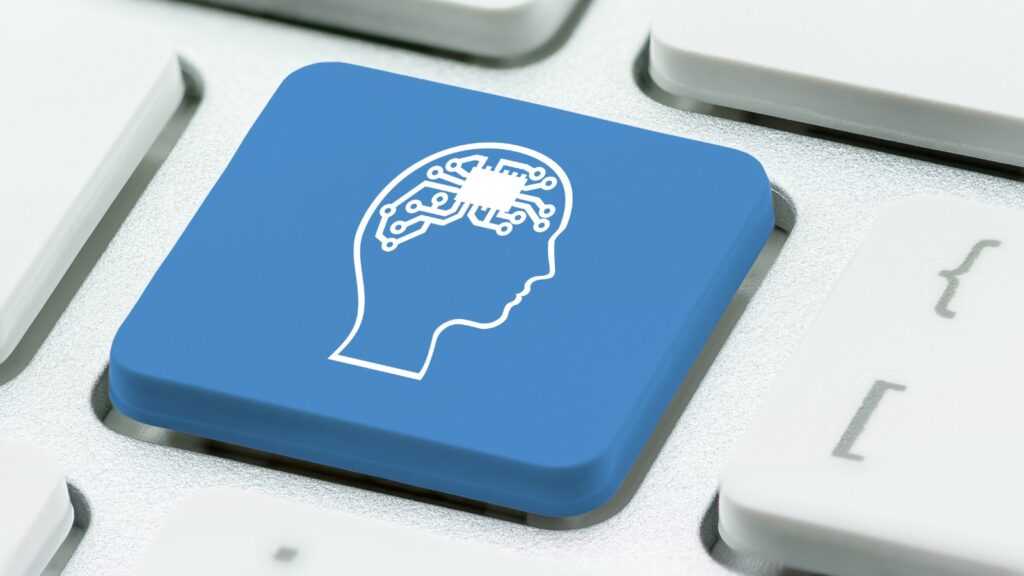Autonomous systems are rapidly advancing, thanks to artificial intelligence (AI) and machine learning (ML). These technologies enable machines to perform tasks independently, improving efficiency and reducing human intervention. At M.Kumarasamy College of Engineering (MKCE), the AI department equips students with the knowledge and tools needed to understand these emerging fields.
What Exactly Are Autonomous Systems?
Autonomous systems refer to machines and technologies that can operate without continuous human supervision. They use a combination of sensors, AI algorithms, and machine learning to process data, make decisions, and execute tasks. These systems exist in various industries, from self-driving cars to robotic drones and manufacturing robots. The goal is to replicate or enhance human abilities, allowing for greater efficiency, safety, and reliability in completing tasks.
For instance, self-driving cars use AI and sensors to detect obstacles, understand traffic patterns, and make decisions about speed, direction, and safety. Similarly, autonomous drones are revolutionizing sectors such as agriculture, logistics, and surveillance by enabling remote monitoring and deliveries.
How AI Powers Autonomous Systems?

Artificial intelligence is the brain behind autonomous systems. AI algorithms analyse data, learn from patterns, and help systems make decisions. The key technologies include:
1. Computer Vision – This technology helps systems interpret visual information, allowing them to navigate environments.
2. Natural Language Processing (NLP) – NLP allows machines to understand human language and respond appropriately.
3. Decision-Making Algorithms – These algorithms enable systems to assess situations and make informed choices.
The Role of Machine Learning in Autonomous Systems
Machine learning enhances AI’s capabilities by enabling autonomous systems to learn from experience. ML algorithms process large amounts of data, recognize patterns, and improve performance over time. Here’s how ML plays a crucial role:
- Real-Time Data Processing: ML helps autonomous systems process and analyse data in real-time.
- Predictive Modelling: Systems use ML to predict outcomes and make better decisions.
- Deep Learning: Advanced ML models allow systems to perform complex tasks, such as image recognition and autonomous navigation.
Emerging Technologies in Autonomous Systems
Several new technologies are further propelling the development of autonomous systems. Reinforcement learning, for example, is gaining traction. It is different from traditional learning models; reinforcement learning involves teaching systems to learn from their actions by receiving rewards for success or penalties for failure. This approach is widely used in robotics and game-playing AI, where the system learns optimal behaviours over time.
Another significant trend is Edge AI. Traditional AI relies heavily on cloud computing, where data is processed in centralized servers. However, Edge AI shifts computation closer to the device itself, allowing real-time data processing without the need for cloud servers. This improves response times and reduces latency, making it ideal for time-sensitive applications such as autonomous vehicles and drones.
Additionally, 5G technology is playing a critical role in enhancing communication between autonomous systems. The high-speed connectivity of 5G allows systems to transmit and receive data in real-time, a necessary feature for ensuring safe and reliable operations in autonomous transportation and industrial automation.
Real-World Applications of AI and ML in Autonomous Systems
Automotive Industry: Self-driving cars utilize AI and ML to manage complex traffic, improve navigation, and enhance safety. AI systems control critical functions such as braking, acceleration, and steering, helping to reduce human error and prevent accidents.
Agriculture: AI-powered autonomous drones monitor crop health, optimize irrigation, and manage pest control more efficiently. This technology increases agricultural productivity and reduces resource wastage compared to traditional methods.
Healthcare: Autonomous robots assist in surgeries, patient care, and diagnostics. These robots perform minimally invasive procedures with great precision, reducing human errors and speeding up patient recovery. With AI and ML, these systems learn from past operations, continuously improving their performance.
Challenges in AI and ML for Autonomous Systems

Although the potential is vast, several challenges remain:
- Autonomous systems collect enormous amounts of data, raising concerns about Data security and privacy.
- The decision-making capabilities of AI lead to questions about accountability and ethical use causing concerns.
- Ensuring that autonomous systems operate safely and reliably in real-world environments is a key challenge.
Future of AI and ML in Autonomous Systems
The future of AI and ML in autonomous systems looks promising. Autonomous vehicles, drones, and robots will become more prevalent. The rise of smart cities will also rely heavily on AI-driven autonomous systems. For MKCE students, understanding these trends and technologies is crucial for staying competitive in the fast-evolving tech landscape.
MKCE AI Department and Autonomous Systems
At MKCE, the AI department provides comprehensive training on autonomous systems. The curriculum focuses on understanding the intersection of AI, ML, and autonomous technologies. Students engage in hands-on projects, explore the latest trends, and develop skills essential for future careers in AI and autonomous systems.
In conclusion, AI and ML are driving the evolution of autonomous systems. As technologies like edge AI, 5G, and reinforcement learning emerge, the possibilities are endless. MKCE’s AI department ensures that students are well-prepared to meet these challenges and seize the opportunities in this cutting-edge field.
